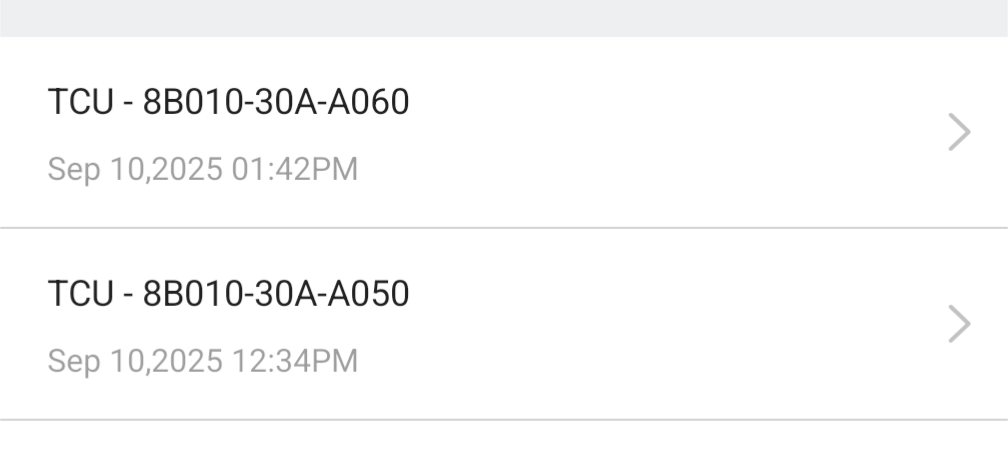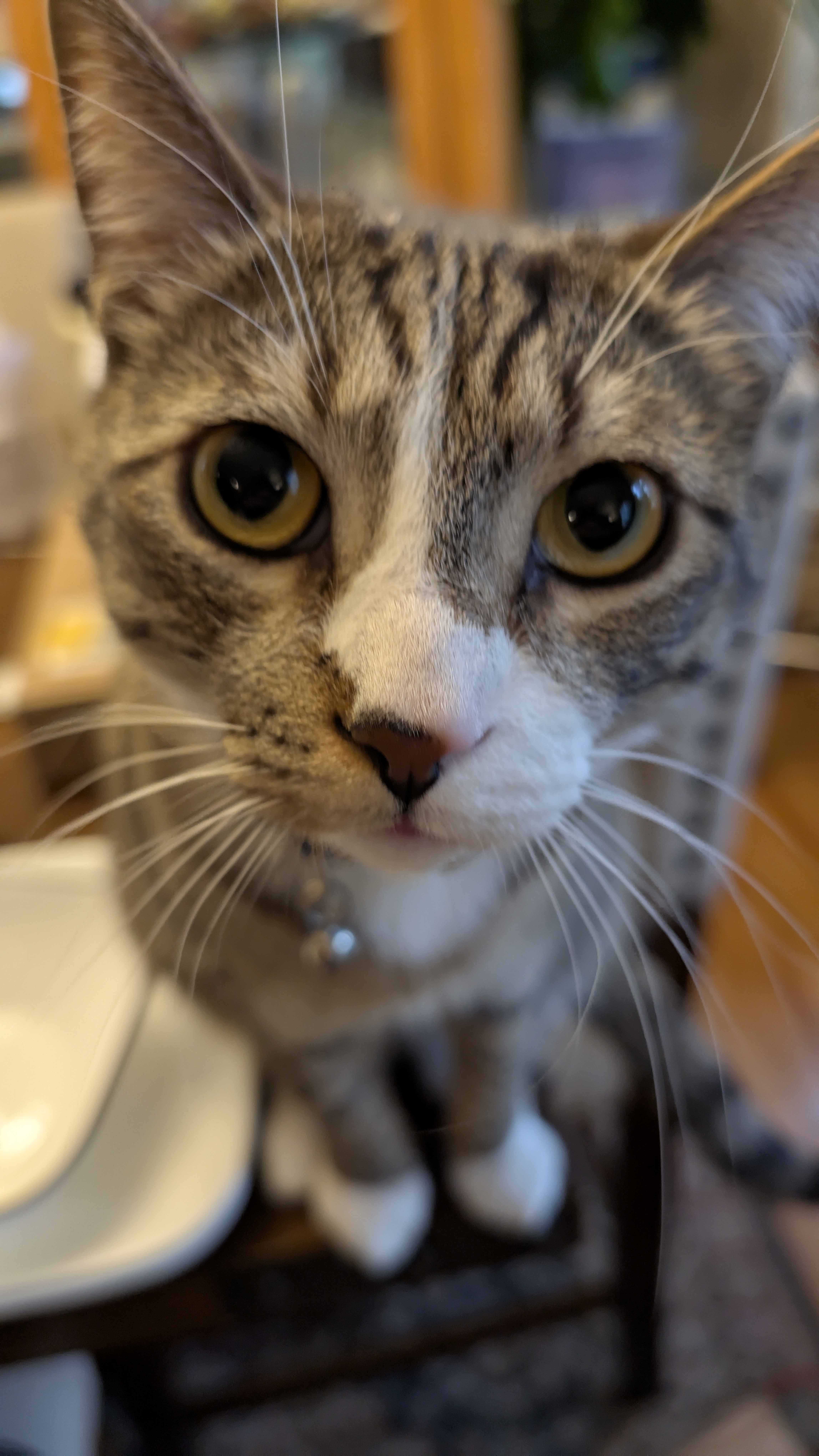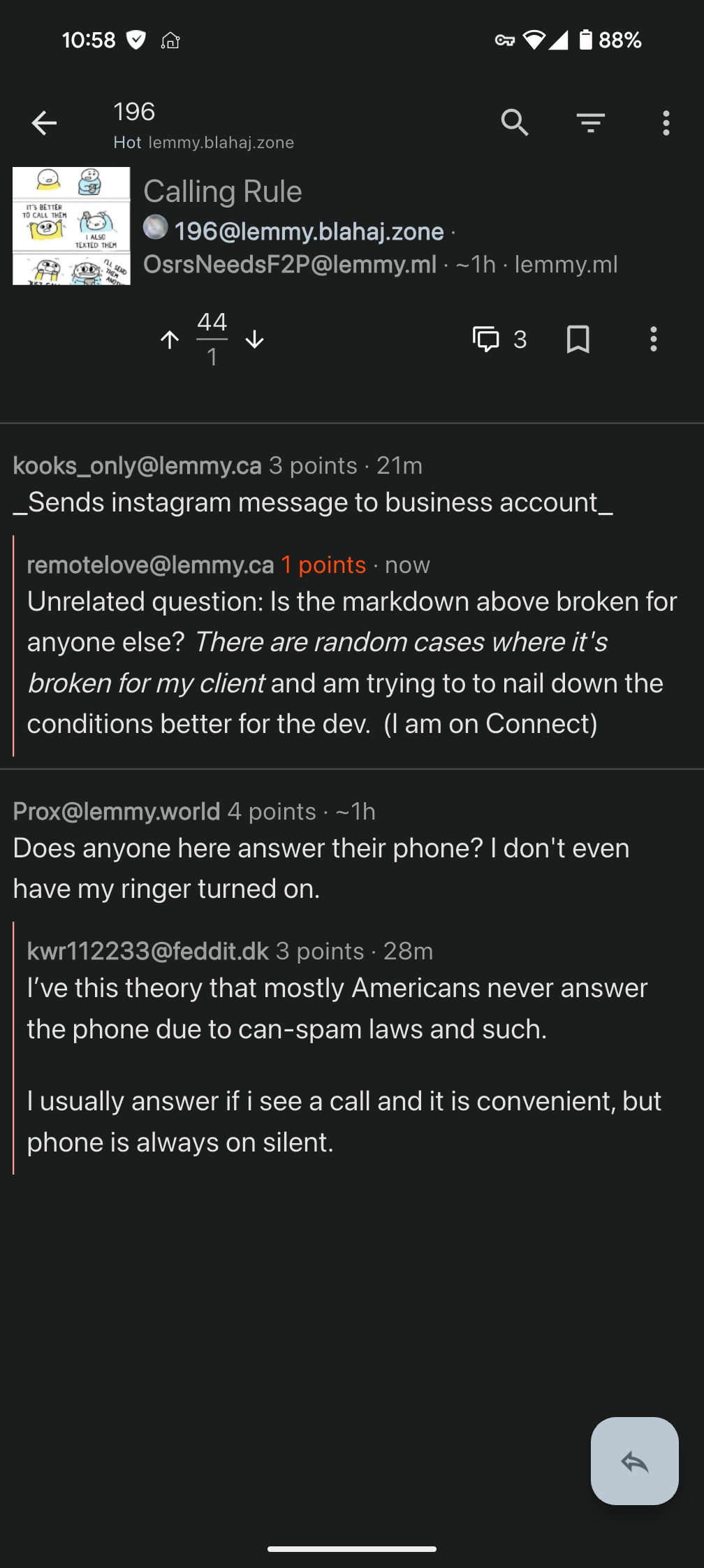For some, it's exactly that.
It finally feels like recent microcode updates have improved RAM stability at and over 6000MHz. I was an early adopter of the 9950X3D with an X870E, and it's been a slow and painful wait while stability issues were worked out over this last year. (Since I migrated to AMD with a 7950X3D, memory training has always been hit-or-miss. Usually a miss unless starting from cold boot.)
Realistically, there isn't a huge benefit for RAM speeds over 6000 for now, but I can say with confidence that AMD @ 6000 being the sweet spot may be finally in the past. Hopefully. Maybe. (I am running a Crucial 6400 64GB kit now with some tight timings and a mild overclock and it's rock solid, but it was a long wait to get there.)
• Carry electrical current
They could have thought of a better sales point than that.
As a side thought, while ground shouldn't normally carry current, it's probably the most important prong when it actually needs to.
But syrup can make them soggy....
We could pay down the national debt in about 4 hours.
Spores are everywhere like you say and you only really see a tiny percentage of mycelium. Fungi kinda is everywhere already, but where it can grow well is much more limited.
Fungi can be remarkably picky about its growing conditions to thrive, otherwise, it's growth will be remarkably slow. However, if you put a tablespoon of dirt under the microscope, there could be dozens of mycelial strands in it trying to survive. They can all survive, to a degree, but there are a couple of issues preventing dominance.
If it can find a place to settle in and grow, chances are that many other spores may be trying to take hold as well. Fungi is insanely competitive and is constantly fighting for space. Fast growing fungi is what we normally see take over food sources and it's usually a type of trichoderma. Trichoderma will literally choke out other fungal growths simply due to its rapid development. If an existing colony is weakened for one reason or another and it gets a trich infection, it's game over.
For commercial mycelium development, (button mushrooms, oysters, etc.) growing conditions are generally perfect and the substrate used is tailored specifically per species. (It's mostly sanitized poo or specific types of wood.) Temperatures need to be adjusted for each growth phase as fungi can be very sensitive to that. Some strains of shiitake are rumored to require a physical shock to fruit. (Like, the substrate bag needs to be physically smacked hard. It's an odd characteristic.)
To sum all of this up, it usually comes down to competition. Where there isn't fungi, there is bacteria. Plants even have chemical defenses to both. Small critters and insects may eat all three of those things.
Next time you look at your garden, just remember you are looking at an actual battleground for millions of critters of all shapes and sizes.
They have kinda always been a thing. Nazi's were just one flavor of nationalist, after all.
Charles de Gaulle defined nationalism best: "Patriotism is when love of your own people comes first; nationalism, when hate for people other than your own comes first."
For most people, it's extremely easy to blame others for problems of their own creation. By the same token, people who can't see their own shortcomings will also usually latch on to leaders who are able to amplify that bias. For the Nazis, it was mostly against the jews.
Also, what you are seeing in the news is partially amplified by the news itself but also, politicians are getting more brazen in mustering the support of those groups. This has lead to people being a little more open about something that needs to stay taboo, IMHO.
It's one of the better EDR (Endpoint Detection and Response) tools on the market. For enterprises, they are able to suck down tons of system activities and provide alerting for security teams.
For detection, when I say "tons of data", I mean it. Any background logs related to network activity, filesystem activity, command line info, service info, service actions and much more for every endpoint in an organization.
The response component can block execution of apps or completely isolate an endpoint if it is compromised, only allowing access by security staff.
Because Crowdstrike can (kind of) handle that much data and still be able to run rule checks while also providing SOC services makes them a common choice for enterprises.
The problem is that EDR tools need to run at the kernel level (or at a very high permission level) to be able to read that type data and also block it. This increases the risk of catastrophic problems if specific drivers are blocked by another kind of anti-malware service.
When you look at how EDR tools function, there is little difference between them and well written malware.
Crowdstrike became a choice recently for many companies that got fucked over by Broadcom buying VMWare. VMWare owned another tool, Carbon Black, which became subject to the fuckery of Broadcom so more companies scrambled to Crowdstrike recently.
I hope that was enough of a summary.
That's fairly bold to ask for ~6% of the total world economy as well as a sizable chunk of the world's energy.
They can leech all the data they want from my employer. I don't give a fuck. Never use company assets for personal business as an addendum.
Just be a little more careful with your own stuff, s'all.







Ignore any Kazon episode and Voyager is just fine.
(Except that one episode where some Kazon decided to play with a replicator. That one was kinda cool.)